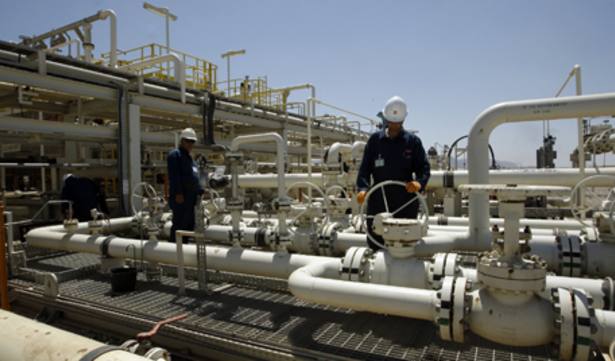
Some experts are predicting oil as an investment will benefit from the market conditions in 2019, but others say oil prices are not out of the woods just yet.
Oil prices collapsed, down by -40 per cent towards the end of 2018, emphasising the structural excess in oil supply, according to a recent report, Oil prices recovery not over yet, published by Lyxor Asset Management on February 26.
The decline in the oil price in the second half of 2018 was driven by perceptions of a weakening global economy and rising US shale oil production, according to Catherine Braganza, senior credit analyst at Insight Investment.
Ms Braganza adds: “The Opec+ Group, which consists of Opec [the oil producers' cartel] and other oil-producing countries such as Russia, reacted by agreeing in December to cut production by 1.2m barrels per day to the end of 2019.
“This appears to have underpinned prices, which trended upwards over the quarter.”
She explains: “The cuts being enacted by the Opec+ Group appear to be sufficient to remove the short-term oversupply, and if these forecasts are correct the longer-term outlook for oil markets appears more positive.”
Chris Teschmacher, multi-asset fund manager at Legal and General Investment Management, says Opec+ does not want prices too high as it encourages further global production, especially from US shale producers.
He explains: “Elevated production in the US would also threaten Opec+ market share and potentially lead to longer run oversupply in markets, eventually causing a price collapse.”
“Due to these factors, the disinflationary impact from oil prices may now be behind us," adds Ms Braganza.
If the global economy is expanding, the oil price does not tend to sharply fall – except sometimes it does, warns Ben Kumar, investment manager at Seven Investment Management.
This means, unless oil is incredibly cheap, or incredibly expensive, forecasting with any accuracy is almost impossible, he says.
Consensus forecasts are often laughably wrong, he adds.
Driven by geopolitics
Mr Kumar continues: “Growth is ok around the world, while in the collection of oil-producing nations politics rumbles along at a (relatively) normal state of unrest.
“The best we can say is that if nothing changes, oil should stay somewhere between $100 and $50 a barrel.”
But according to the report by Lyxor Asset Management, prices are not expected to revert to their 2018 highs anytime soon, bar any major geopolitical event.
It predicts Brent oil, the international crude benchmark, will creep back to a range of $65 to $70 (£50 to £54) a barrel this year.
The report also notes regular shifts in Opec versus non-Opec outputs could increase oil price volatility.
It continued: “Volatility would be magnified by a lack of visibility regarding the true supply/demand equilibrium level.
“More political noise would unsettle oil prices, reflecting divisions within Opec, the weakness of the Opec/non-Opec partnership, and intensifying tensions between the US, Saudi Arabia, and Russia.”






